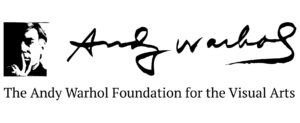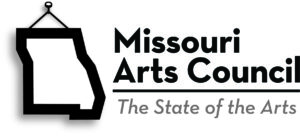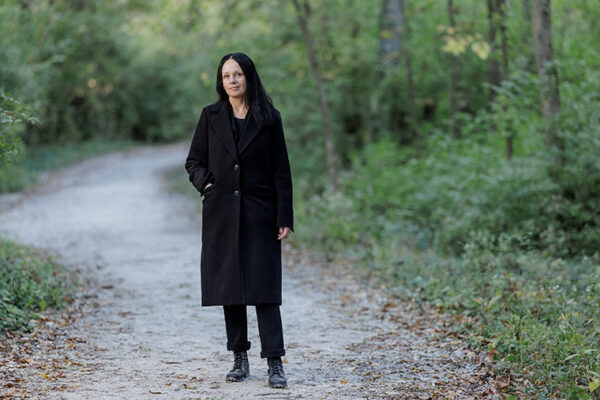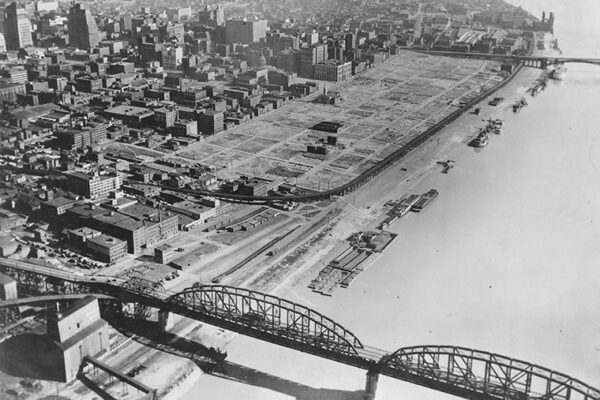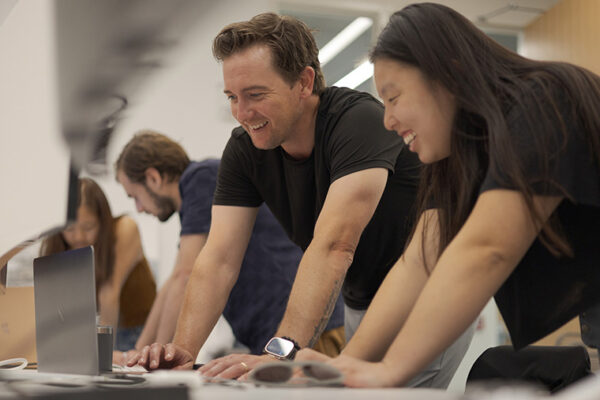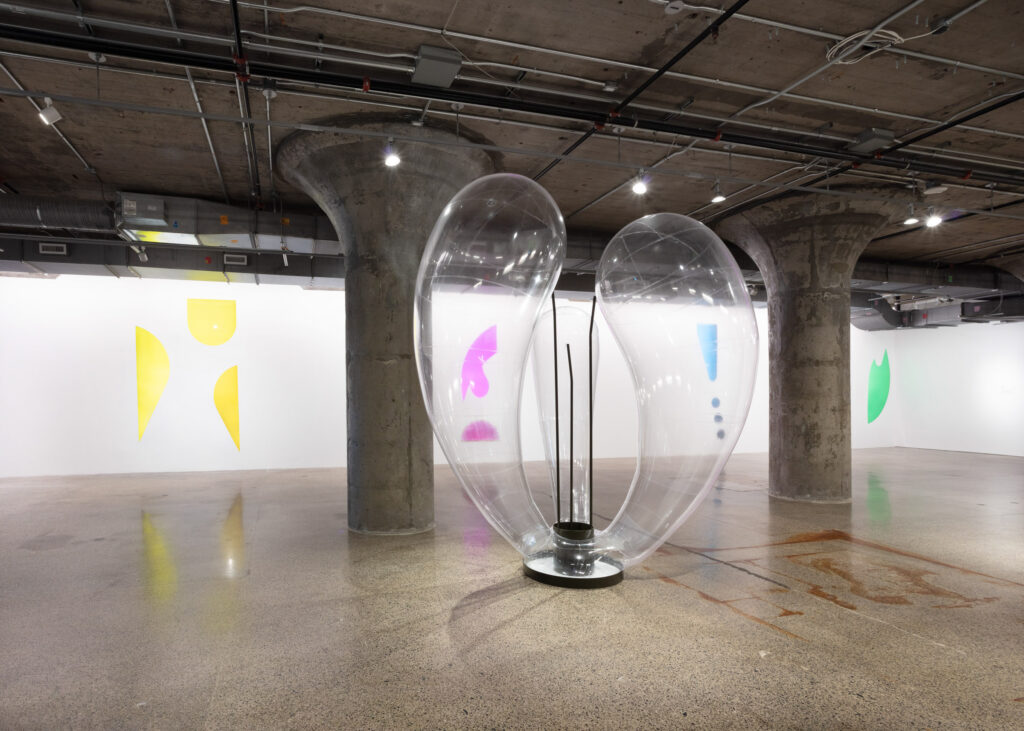
In February 2025, the Kemper Art Museum at Washington University in St. Louis will present “Seeds: Containers of a World to Come.” The exhibition features recent works and new commissions by 10 nationally and internationally known artists for whom the seed is the kernel, both literally and metaphorically, for their investigations into issues of environmental fragility, preservation and possibility in the face of the global climate crisis.
Participating artists include Shiraz Bayjoo, Carolina Caycedo, Juan William Chávez, Beatriz Cortez, Ellie Irons, Kapwani Kiwanga, Jumana Manna, Anne Percoco, Cecilia Vicuña and Emmi Whitehorse. Working within a multiplicity of geographical and cultural contexts — both local and global — these artists create sculptures, films, installations and paintings that range from abstract to speculative to documentary. Through these compelling artworks, we travel from community gardens to global seed storage vaults; engage Indigenous knowledge systems and plant-cultivation technologies; and celebrate feminist care practices.
“‘Seeds’ aims to spark active and imaginative responses through encounters with dynamic artworks that reflect on and reframe our understanding of current environmental challenges and our connections to the natural world,” said Meredith Malone, curator at the Kemper Art Museum. “The range of artistic explorations on view are critical but also hopeful in their embrace of interconnection and entanglement.”
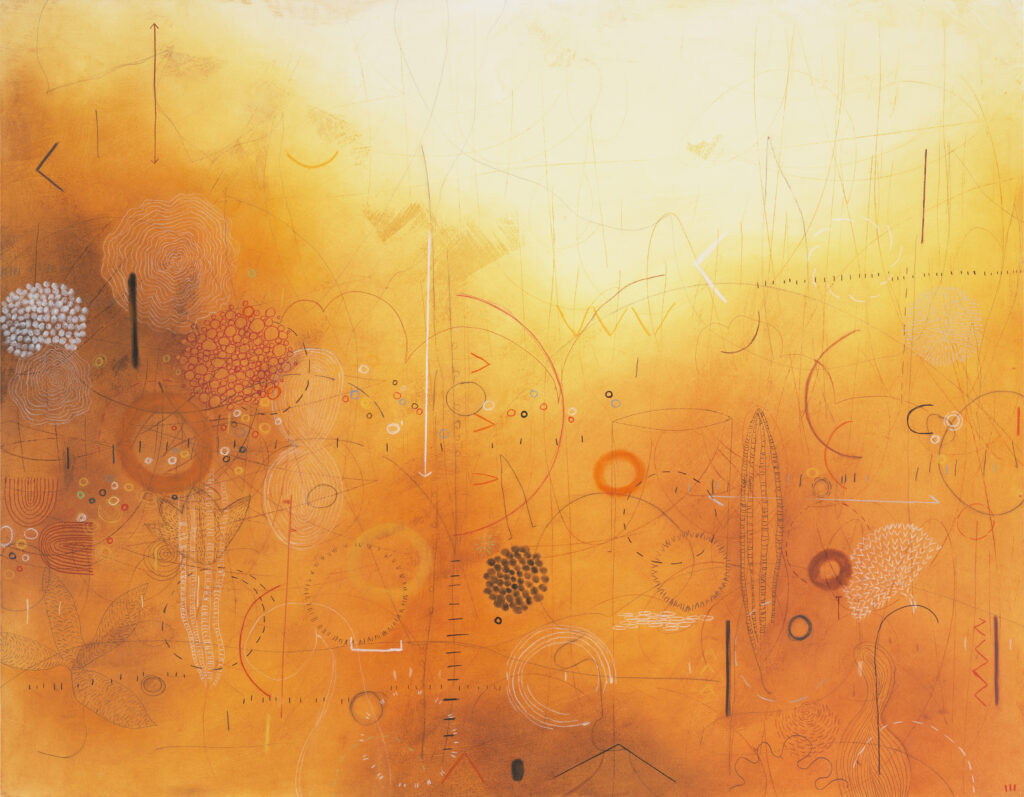
Caycedo, in her new commission “Ñañay Kculli ~ S’oam Bawi Wenag ~ Kiik K’úum,” carves a trio of enormous seeds — squash, beans, corn — from wood as elegant sculptural abstractions. Kiwanga’s “Vivarium” series (2020) reimagines the 19th-century Wardian case, a portable greenhouse, as biomorphic inflatable sculptures. Manna’s essay-film “Wild Relatives” (2018) examines the relationship between the complex geopolitics of seed banking, migration and the loss of biodiversity due to industrial agriculture. Cortez’s steel sculpture “Chultún El Semillero” (2021) exudes a futuristic sensibility — an imagined space capsule, a living garden, and a seed bank preserving seeds for the future.
Two other newly commissioned artworks anchor the exhibition in St. Louis. Chávez’s floor-based assemblage, “Survival Blanket (Decolonize the Garden from Seeds to Bees)” is rooted in stewardship, gardening, and empathy for urban ecosystems. The piece also builds on the work of Chávez’s North Side Workshop, a native, nontoxic garden located a few blocks from downtown and the Mississippi River.
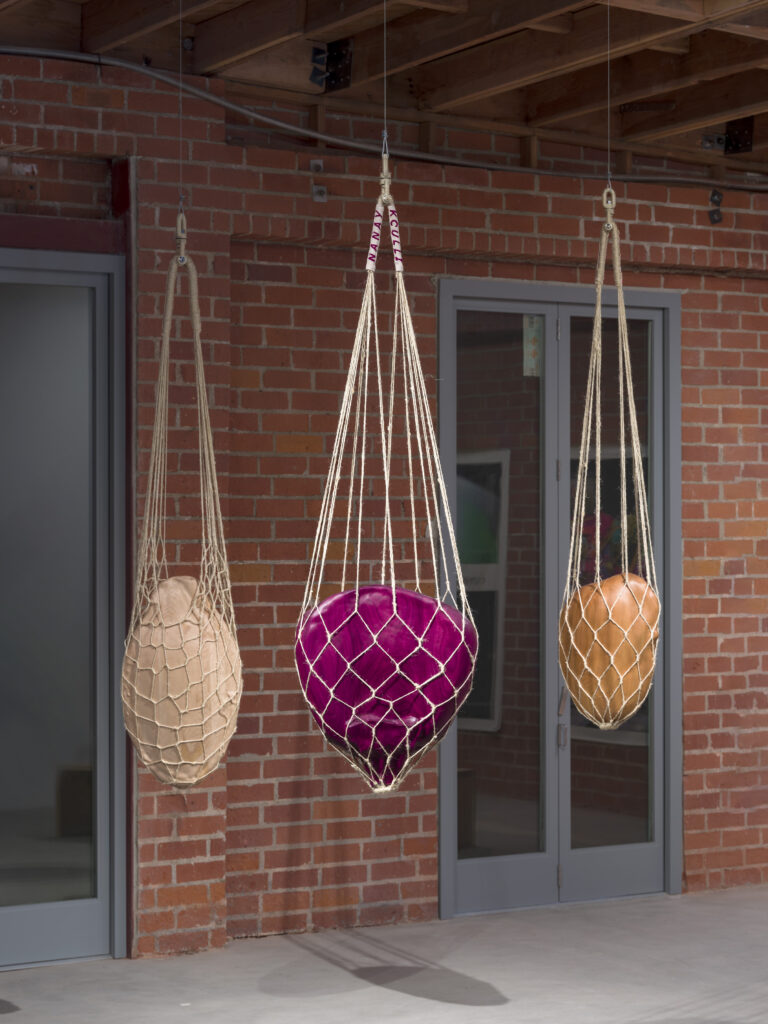
For their commission, Irons and Percoco worked with WashU faculty, students and community members to forage thousands of seeds from plants growing in vacant lots, broken sidewalks and abandoned infrastructure across the St. Louis region. The seeds will make up their “Next Epoch Seed Library.” Visitors will be invited to browse the library and take a selection of seed packets with them during the run of the exhibition.
“Seeds: Containers of a World to Come”will be on view at the Kemper Art Museum from Feb. 21 to July 28. The exhibition is curated by Malone and Svea Braeunert, a research associate in the School of Design at the University of Applied Sciences Potsdam, in Germany.
Events and visitor information
“Seeds: Containers of a World to Come” will open Feb. 21, with an artists’ panel featuring Carolina Caycedo, Juan William Chávez, Ellie Irons and Anne Percoco. The panel will begin at 5:30 p.m. in Steinberg Hall Auditorium. A public reception will immediately follow at 6:30 p.m. in the Kemper Art Museum.
The Kemper Art Museum is located on WashU’s Danforth Campus, near the intersection of Skinker and Lindell boulevards. Visitor parking is available in the university’s east end garage. Regular hours are 11 a.m. to 5 p.m. Mondays and Wednesdays through Sundays. The museum is closed Tuesdays. For more information, call 314-935-4523 or visit kemperartmuseum.wustl.edu. Follow the museum on Facebook, Instagram and YouTube.
Organizers and support
“Seeds: Containers of a World to Come” is made possible by the leadership support of the William T. Kemper Foundation. All exhibitions at the Kemper Art Museum are supported by members of the Director’s Circle, with major annual support provided by Emily and Teddy Greenspan and additional generous annual support from Michael Forman and Jennifer Rice, Julie Kemper Foyer, Joanne Gold and Andrew Stern, David and Dorothy Kemper, Ron and Pamela Mass, and Kim and Bruce Olson.
Further support is provided by The Andy Warhol Foundation for the Visual Arts; the Missouri Arts Council, a state agency; the Hortense Lewin Art Fund; the Ken and Nancy Kranzberg Fund; and members of the Mildred Lane Kemper Art Museum.
